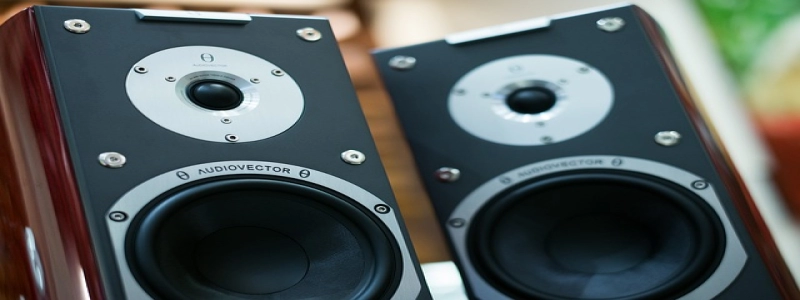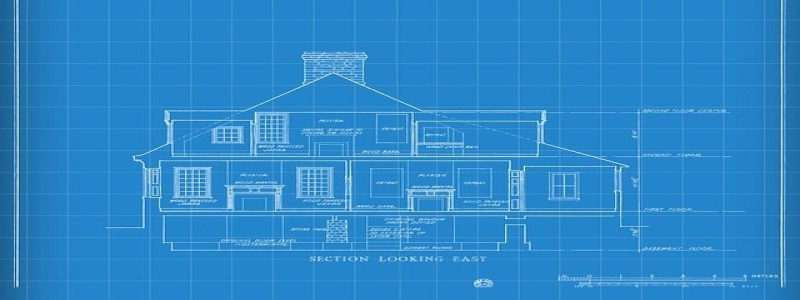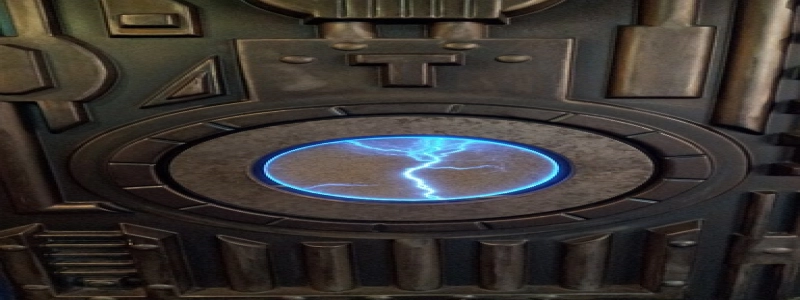Types of Fuel Line Connectors
Introduction:
Fuel line connectors play a crucial role in ensuring proper and secure connections between fuel lines in automotive and industrial applications. There are several types of fuel line connectors available in the market, each designed for specific purposes and requirements. In this article, we will explore some common types of fuel line connectors and their characteristics in detail.
I. Quick Disconnect Couplings:
Quick disconnect couplings are a widely used type of fuel line connector. They allow for easy and quick connection and disconnection of fuel lines. These connectors consist of two parts: a male and a female end. The male end has spring-loaded internal valves, while the female end has external latches. To connect the fuel lines, the male end is inserted into the female end until the latches engage, ensuring a secure connection. To disconnect, the latches are released, and the male end is pulled out. Quick disconnect couplings are typically made of metal or plastic, depending on the application requirements.
II. Compression Fittings:
Compression fittings are another commonly used type of fuel line connector. These connectors rely on compression to create a tight seal between the fuel lines. They consist of a nut, a ferrule, and a fitting body. The fuel line is inserted into the fitting body, and the nut is tightened, compressing the ferrule against the fuel line. This compression creates a secure, leak-free connection. Compression fittings are known for their durability and are often used in applications where high-pressure or temperature fluctuations occur.
III. Push-to-Connect Fittings:
Push-to-connect fittings are a popular choice for fuel line connections in many industries. As the name suggests, these connectors allow for simple and quick connections without the need for additional tools. They consist of a body and a collet. To connect the fuel lines, the collet is pushed down, allowing the fuel line to be inserted into the body. When released, the collet grips the fuel line, creating a reliable and leak-free connection. Push-to-connect fittings are often made of plastic and are used in low-pressure applications.
IV. Flare Fittings:
Flare fittings are commonly used in automotive and industrial fuel line connections. These connectors feature a flared end on the fuel line that mates with a corresponding fitting. The flared end is inserted into the fitting, and a nut is tightened, compressing the flared end against a cone-shaped surface. This compression creates a secure and leak-free connection. Flare fittings are known for their strength and are often used in applications where high pressure or vibration is present.
Conclusion:
Fuel line connectors are essential components in automotive and industrial systems that rely on secure and leak-free fuel line connections. Understanding the different types of fuel line connectors available can help in selecting the most suitable connector for specific applications. Whether it is the quick disconnect couplings, compression fittings, push-to-connect fittings, or flare fittings, each type has its unique characteristics and advantages. Choosing the right fuel line connector ensures proper functioning and enhances safety in fuel delivery systems.







